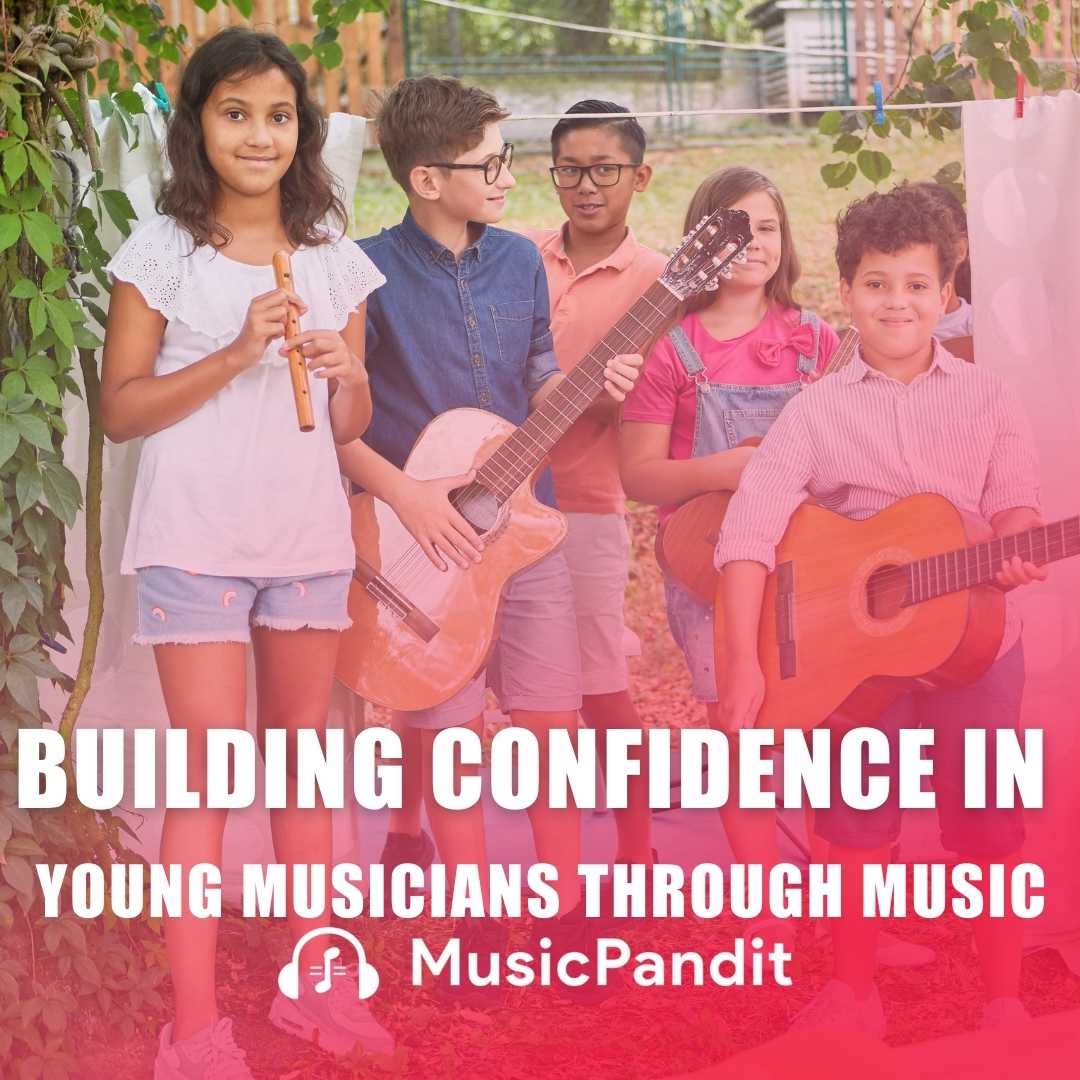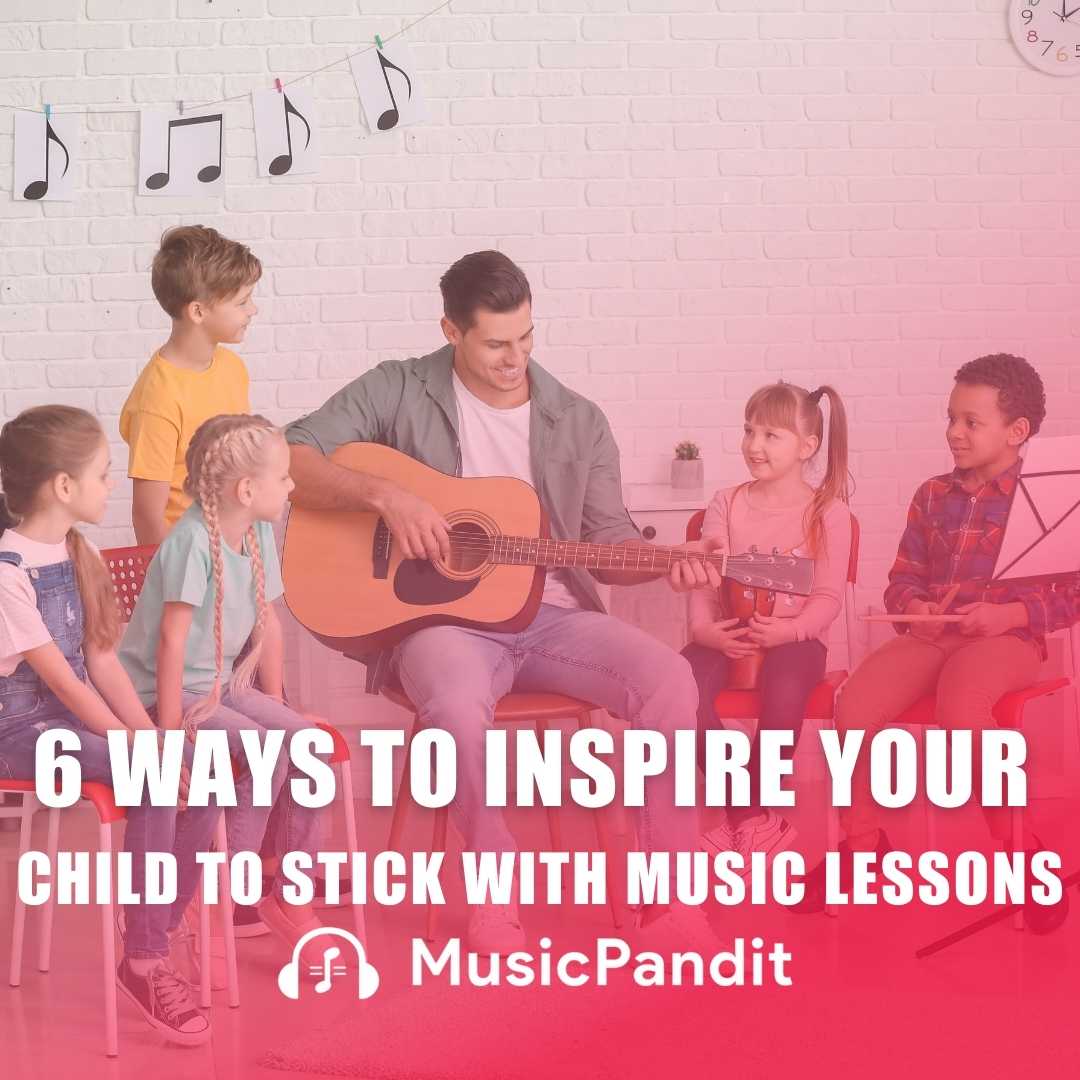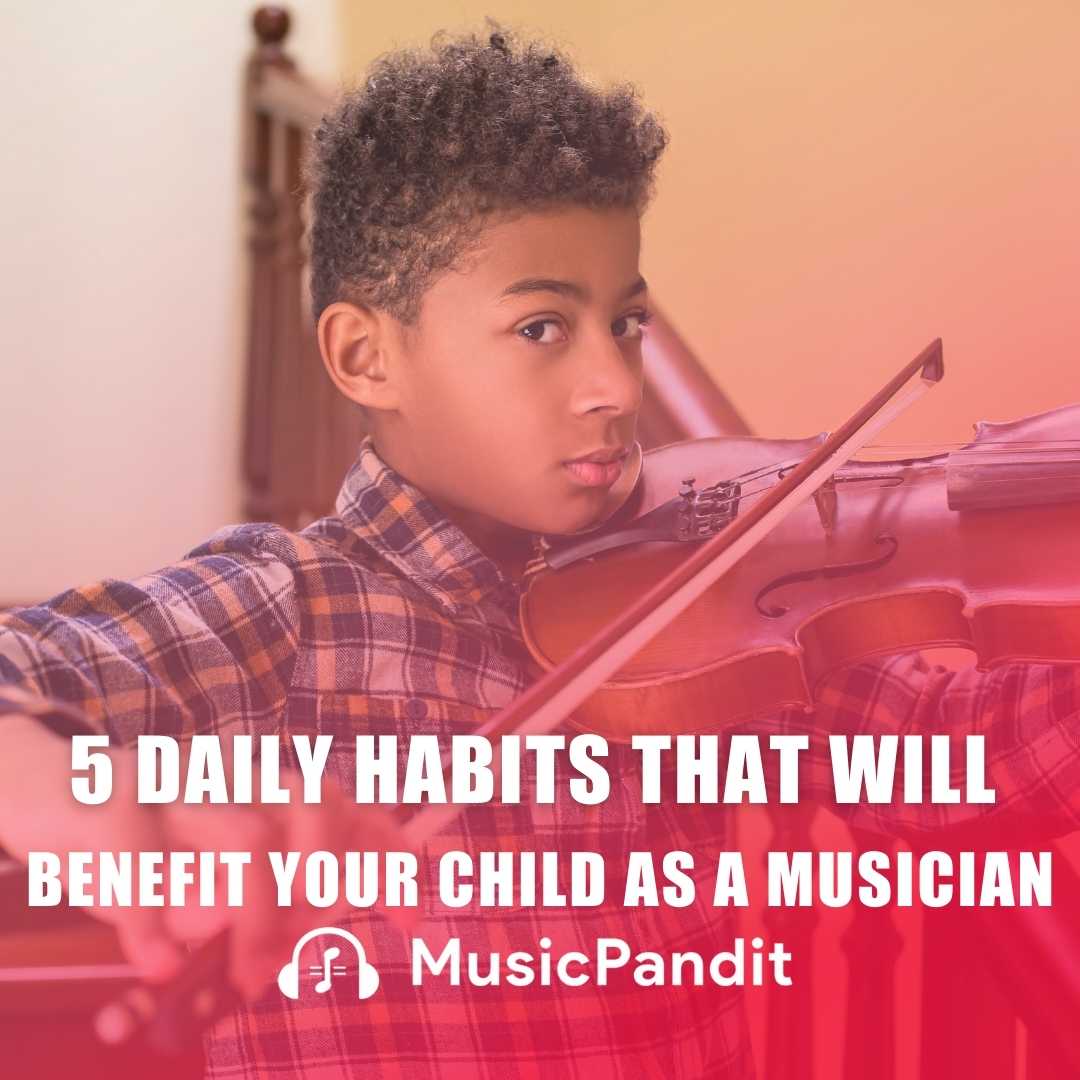Singing is a truly magnificent art form that holds immense value especially for children, offering not only a means of artistic expression but also opportunities for personal growth and development. Through singing children are able to discover who they really are and develop emotional intelligence. That being said, singing is an art that has been growing in popularity in the past years. Furthermore, with technological advancements that we are witnessing now and growing trends, the future of singing education has become very promising.
As parents of the new generations, you would want your children to excel in everything available. So, trust in the value of music and singing to be specific! It’s one of those aspects you don’t want to cancel from the list. Therefore, it’s important to stay updated with the future trends and innovations in music education to support your child’s musical journey effectively.
Let’s explore some of the exciting developments shaping the future of singing education and the future of music, and why they matter.
Technology Integration in Singing Education
The concept of technology integration in singing education refers to the adoption of various digital devices and approaches that would enhance learning for learners. It has transformed traditional singing classes into more creative ways whereby children learn vocal ideas, practice operations, and get feedback.
One notable inclusion method is by using augmented reality (AR) and virtual reality (VR) technologies where they can immerse themselves in learning environments that simulate live performances, interact with virtual tutors, and obtain instant feedback on their singing technique. Through the use of AR and VR, pupils are able to see their singing within its actual milieu while also understanding better what could have been done differently.
A different perspective of technological integration is seen in the development of interactive learning platforms as well as online lessons on how to sing. With such platforms, children can access high-quality content from anywhere with an internet connection. This allows your child to interact with expert trainers through live video sessions, interactive exercises, and cooperative activities thus creating a sense of community among them, thereby making them feel supported throughout their music journey. Moreover, there are mobile applications designed purposely for singers which assist them in developing their voices.
Leveraging Augmented and Virtual Reality
Coming back to augmented reality (AR) and virtual reality (VR), these technologies can introduce your child to a culturally enriched music environment. A situation where your child is made to wear a VR headset which then lands them on stage alongside their favourite artists or where they get individual feedback from virtual teachers. By doing so, not only does it make learning more fun but also enhances understanding and remembering vocal ideas.
Interactive Learning Environments and Online Lessons
Interactive learning platforms have flourished along with online singing tutorials thus making quality instruction available to everyone. Children from around the globe can connect with teachers who are experts via live video sessions, get real-time responses, and participate in group exercises. Also, this adaptability reduces time constraints besides creating a sense of belonging among learners.
Mobile Apps for Practice and Progress Tracking
Mobile singing apps are popular among children these days. These apps enable them to perfect their vocal cords’ warm-ups, exercises, and even allows them to monitor how well they are progressing. These apps personalise the practice sessions by giving directions that suit every individual, making it interactive and they also provide reports about the process in detail. When children include technology in their practices, they will learn productively and then gradually build discipline, consistency, and confidence in their singing.
Adaptive Teaching Methods and Personalized Learning
Adaptation of teaching methods and different approaches for personal learning are changing how singing education is done where individual needs, preferences, and learning styles of children are being taken into account. Adaptive teaching, not like these traditional approaches, aims at tailoring its instruction to the specified learner in order to maximise his or her potential.
It is important to note that adaptive training techniques incorporate a child’s specific likes and goals into their curriculum. Instructors vary instructions to meet their pace, objectives, and learning styles so as to make lessons more interesting, realistic, and useful.
Additionally, adaptive teaching technologies also enable teachers to monitor learners’ progress, identify areas that need improvement and offer instant feedback. For example, algorithms can go through performance records; evaluate trends in knowledge acquisition among scholars; and then readjusting the given training modules for improved academic success.
Furthermore, tailored study plans include designing lessons around children’s interests, abilities as well as opportunities for growth. By using many genres of music instructors might allow an array of musical styles which may be more closely related to each individual’s own tastes and ambitions that can bring them closer to the subject matter itself.
Tailoring Instruction to Individual Needs
This method implies adapting instructions towards individualising it so as to correspond with the learning style, pace, or objectives of each child. Instructors can adjust their teaching strategies based on visual cues given by your child during demonstration lessons, auditory prompts from your child when discussing assignments with him/her or kinesthetic gestures made by your child while trying to get a practical aspect of a particular concept. Instructors who understand what your child is good at plus those areas he/she still needs support can come up with repertoire planning lessons that match perfectly with his/her interests.
Real-Time Feedback and Progress Tracking
Now, thanks to the advances of technology, real-time feedback can be given to learners by instructors using adaptive learning algorithms. These algorithms go through the data on a child’s performance and identify areas where they need to improve. They then suggest specific vocal challenges for them to work on. As a result, children can observe growth as it happens in their life and take responsibility over what they need to do.
Tailored Lesson Plans and Choice of Literature
Singing education’s efficacy is improved by customising lesson plans and repertoire selection based on individual strengths and weaknesses of a given child. Instructors create lesson plans that target particular vocal difficulties, encompass different music genres, and encourage artistry. In this regard, parents should join hands with teachers so that their children will enjoy learning which has relevance to their own lives.
Multidisciplinary Approaches to Voice Instruction
Approaches that encompass more than one discipline when teaching voice acknowledge the interrelatedness of music with other areas such as science, psychology, and the arts so that they acquire comprehensive understanding of vocal technique, expression, and performance. In one way or another interdisciplinary approaches also involve studying human anatomy and physiology as well as voice science in singing courses. Children who have studied how the vocal mechanism works and body production of sound can pursue correct vocal techniques, sing more easily and for longer periods.
Another aspect of multidisciplinary is working together in art fields like dance, drama, visual arts among others. These integrated projects create room for creativity in learners thus enhancing collaboration which enhances teamwork and communication skills leading to artistic innovation.
Intersecting music with other forms of art helps your child expand their imaginative world; build cross-disciplinary skills; enhance respect for the creative process. Singing leads its practitioners to enhanced cognitive development capabilities and improved emotional expression on various fronts alongside overall well-being – this would be shown by holistic benefits from singing research). Thus, connections between singing and mental health can promote self-confidence, stress relief, and emotional balance, embracing them to use their voices not just for singing but also for self-growth.
The Inclusion of Anatomy, Physiology and Voice Science
The inclusion of anatomy, physiology, and voice science into singing curricula enriches children’s understanding of vocal production and health. In exploring the mechanics of the vocal apparatus, pupils gain more knowledge on correct technique and vocal hygiene habits. This contributes to a holistic approach to singing education that emphasises vocal health and longevity.
Joint Ventures in Artistic fields
Collaborative projects that integrate song with other artistic disciplines such as dance, drama, or visual arts increase creativity output as well as interdisciplinary abilities. By working together with others, children learn how to communicate effectively, cooperate in groups and take inspiration from different artistic media. Through this way, parents can encourage their children’s involvement in multi-disciplinary activities that foster creativity and innovation in their artistic pursuits.
Investigating the Relationships Between Singing and Wellbeing
Research exploring the connections between singing, cognitive development, emotional expression, and overall well-being highlights the comprehensive benefits of vocal training. Singing has been linked to enhanced brain function, emotional regulation, and stress reduction, to improve mental health and overall quality of life. Parents can encourage their children to pursue singing not only as a creative outlet but also as a means of promoting their holistic development and wellbeing.
Final Thoughts
Finally, the future of singing education and the future of music seem promising, thanks to technology breakthroughs, personalised learning methodologies, and a comprehensive grasp of creative development. By remaining informed and actively supporting their child’s musical journey, parents may help them reach their full potential and discover the joy of singing for life. As parents embrace these new developments and breakthroughs, they can recognize the transforming power of music education in developing the next generation of singers and artists.














